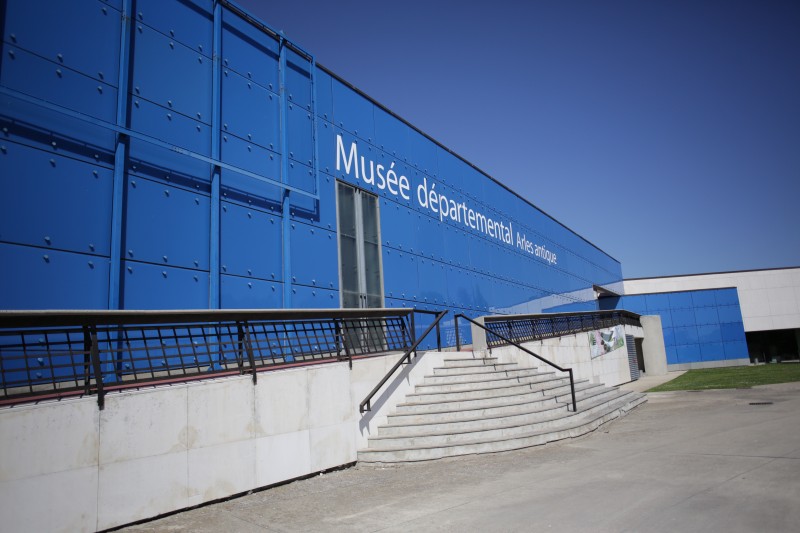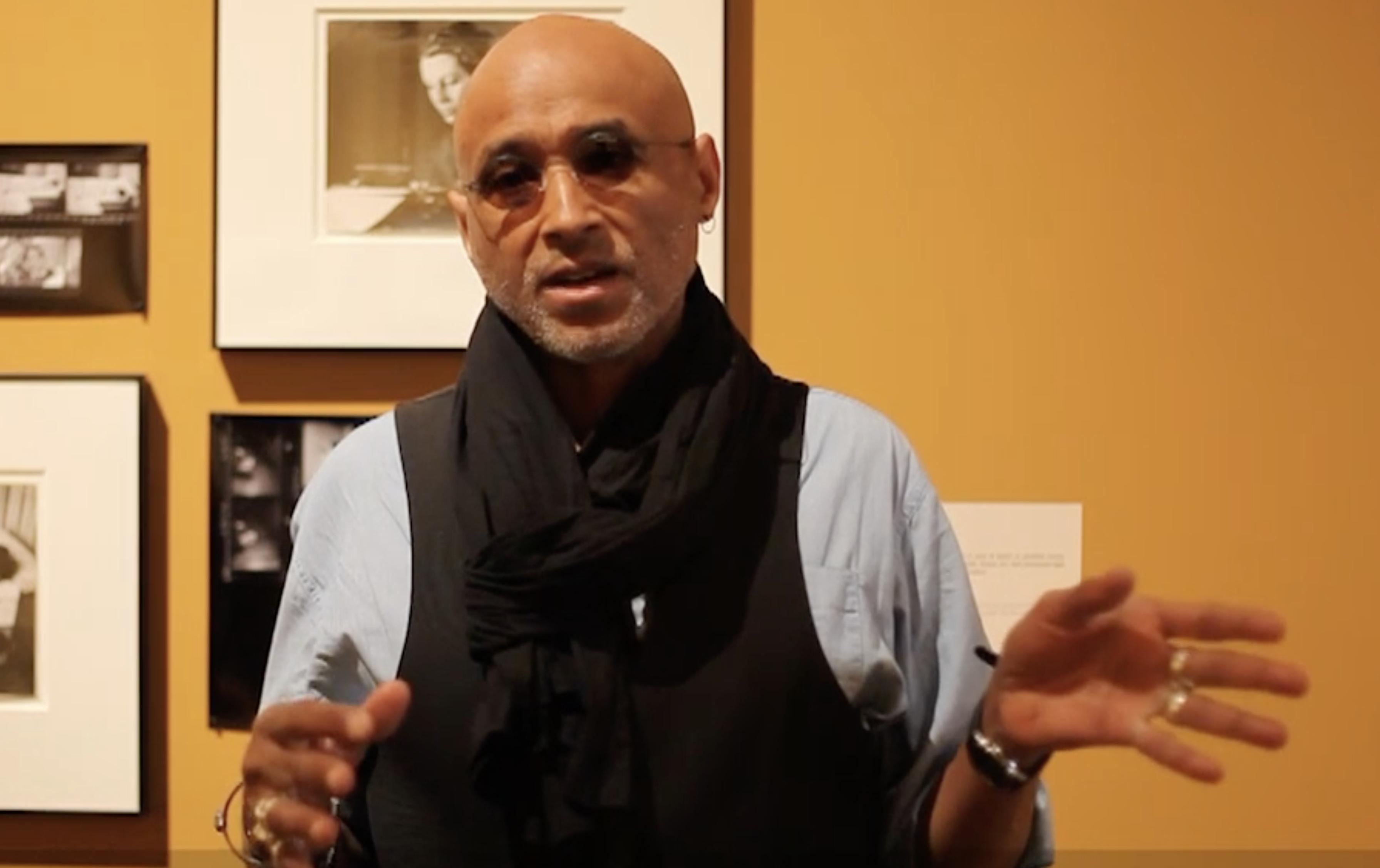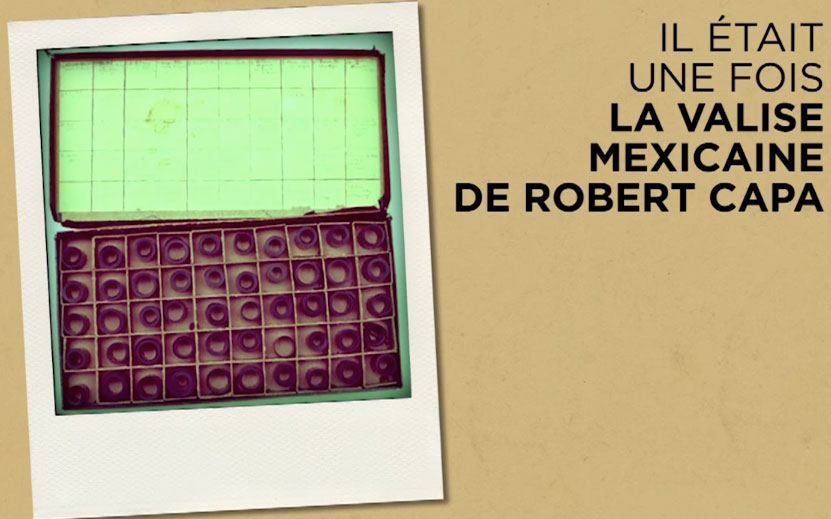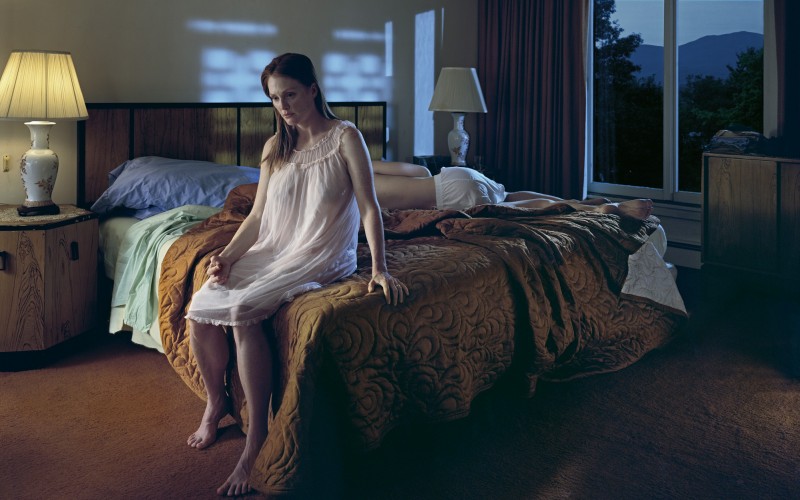Edition 2011
The Mexican Suitcase
Robert Capa, Chim (David Seymour), Gerda Taro
The legendary ‘Mexican suitcase’ containing Robert Capa’s Spanish Civil War negatives, considered lost since 1939, has recently been rediscovered and is exhibited here for the first time. The suitcase is in fact three small boxes containing nearly 4,500 negatives, not only by Capa but also by his fellow photojournalists, all Jews in exile, Chim (David Seymour) and Gerda Taro. These negatives span the course of the Spanish Civil War (1936-1939), through Chim’s in-depth coverage in 1936-1937, Taro’s intrepid documentation until her death in battle in July 1937, and Capa’s incisive reportage until the last months of the conflict. Additionally, there are several rolls of film by Fred Stein showing mainly portraits of Taro, which after her death became inextricably linked to images of the war itself. Between 1936 and 1940, the negatives were passed from hand to hand for safekeeping, and ended up in Mexico City, where they resurfaced in 2007.
The Spanish Civil War broke out on July 19, 1936. In the broadest terms, the war was a military coup, led by General Francisco Franco and insti- gated to overthrow the democratically elected government of the Spanish Republic, a coalition of leftists and centrists. From its inception, the civil war aroused the passions of those who saw Franco’s actions as the front line of a rising tide of fascism across Europe, as he received material support from Germany and Italy. Many leftist intellectuals and artists were committed to the antifascist struggle, and they provided vivid im- ages and texts in support of the Republican cause for the international press.
The Mexican suitcase negatives constitute an extraordinary window onto the vast output of these three photographers during this period: portraits, battle sequences, and the harrowing effects of the war on civilians. While some of this work was known through vintage prints and reproductions, the Mexican suitcase negatives, seen here as enlarged modern contact sheets, show us for the first time the order in which the images were shot, as well as images that have never been seen before. This material not only provides a uniquely rich view of the Spanish Civil War, a conflict that changed the course of European history, but also demonstrates how the work of three photojournalists laid the foundation for modern war photography.
Cynthia Young, curator.
The legendary ‘Mexican suitcase’ containing Robert Capa’s Spanish Civil War negatives, considered lost since 1939, has recently been rediscovered and is exhibited here for the first time. The suitcase is in fact three small boxes containing nearly 4,500 negatives, not only by Capa but also by his fellow photojournalists, all Jews in exile, Chim (David Seymour) and Gerda Taro. These negatives span the course of the Spanish Civil War (1936-1939), through Chim’s in-depth coverage in 1936-1937, Taro’s intrepid documentation until her death in battle in July 1937, and Capa’s incisive reportage until the last months of the conflict. Additionally, there are several rolls of film by Fred Stein showing mainly portraits of Taro, which after her death became inextricably linked to images of the war itself. Between 1936 and 1940, the negatives were passed from hand to hand for safekeeping, and ended up in Mexico City, where they resurfaced in 2007.The Spanish Civil War broke out on July 19, 1936. In the broadest terms, the war was a military coup, led by General Francisco Franco and instigated to overthrow the democratically elected government of the Spanish Republic, a coalition of leftists and centrists. From its inception, the civil war aroused the passions of those who saw Franco’s actions as the front line of a rising tide of fascism across Europe, as he received material support from Germany and Italy. Many leftist intellectuals and artists were committed to the antifascist struggle, and they provided vivid images and texts in support of the Republican cause for the international press.The Mexican suitcase negatives constitute an extraordinary window onto the vast output of these three photographers during this period: portraits, battle sequences, and the harrowing effects of the war on civilians. While some of this work was known through vintage prints and reproductions, the Mexican suitcase negatives, seen here as enlarged modern contact sheets, show us for the first time the order in which the images were shot, as well as images that have never been seen before. This material not only provides a uniquely rich view of the Spanish Civil War, a conflict that changed the course of European history, but also demonstrates how the work of three photojournalists laid the foundation for modern war photography.Cynthia Young, curator.
First show of this exhibition after New York, organised by the International Center of Photography, New York.
This exhibition and its catalogue were made possible with support from the National Endowment for the Arts, Joseph and Joan Cullman Foundation for the Arts, Frank and Mary Ann Arisman, and Christian Keesee. Additional support was received from Sandy and Ellen Luger.
Exhibition produced with the support of the Fondation d’entreprise Hermès.
Exhibition venue: Musée Départemental de l’Arles Antique.
First show of this exhibition after New York, organised by the International Center of Photography, New York.This exhibition and its catalogue were made possible with support from the National Endowment for the Arts, Joseph and Joan Cullman Foundation for the Arts, Frank and Mary Ann Arisman, and Christian Keesee. Additional support was received from Sandy and Ellen Luger.
Exhibition produced with the support of the Fondation d’entreprise Hermès.
Exhibition venue: Musée Départemental de l’Arles Antique.











